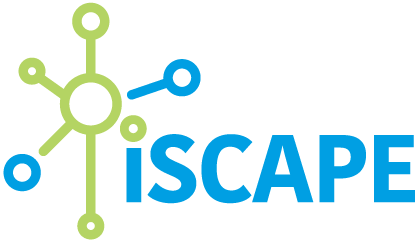
Living Lab set up and management (Work package 2)
Research message
Work Package 2 has created guidelines for the set up and creation of iSCAPE’s Living Labs. These Living Labs will foster a dialogue with the citizens of each test city and relevant stakeholders highlighting the non-technical challenges that the implementation of the physical and behavioural interventions might encounter when deployed and/or assessed during the iSCAPE project.
Main aims
The main aims of this research are:
- To ensure an inclusive development process of technological options and strategies for air quality and climate change;
- To promote a sense of ownership of the Living Labs amongst local communities and stakeholders, thus ensuring that the interventions will outlive the project;
- To understand the risks of implementation of the measures in each city;
- To adapt neighbourhood-level and city-level physical and behavioural intervention plans to minimise the risks, challenges and barriers identified;
- To set up and manage the relationship with the implementing cities and their local stakeholders.
Main outcomes
The main outcome of this WP is the deployment of the six iSCAPE Living Labs, it seeks to include a variety of stakeholders from city government, business and citizens to make sure that technological options and strategies for air quality and climate change have buy-in from everyone involved. Through the involvement of all stakeholders in the Living Labs a sense of ownership will be created which will ensure that the right interventions will be implemented and the wrong ones amended or abandoned. The WP will set up and manage the relationship with the implementing cities and their local stakeholders through the Living Labs.
Main outputs
- D2.1: Stakeholders analysis and risk assessment – non-technical challenges to implementation of interventions
- D2.2: Implementation plans for the iSCAPE living labs (giving detail on how, when, where and by whom the physical and behavioural interventions or field campaigns will be carried out)
- Living Lab Agreement documentation which will commit the cities and other stakeholders directly involved in the delivery of the interventions.
- D2.4: Stakeholder Management Plan (detailing how the Living Labs will be managed and highlighting communication lines linking the consortium and the local stakeholders)
- Community feedback reports which will give a brief overview of stakeholder feedback on the suggested solutions.
Practical use
This WP will provide recommendations on how to run the six Living Labs in the partner cities which will be used as test sites for real-life interventions and also as awareness-rising venues to create and support citizens in changing behaviours and in testing and deploying solutions that can really change the city environment.
It will involve the commitment from relevant stakeholders which would allow to translate theoretical research into something more concrete, i.e the physical interventions, and thus into tangible benefits in terms of improved air quality.
